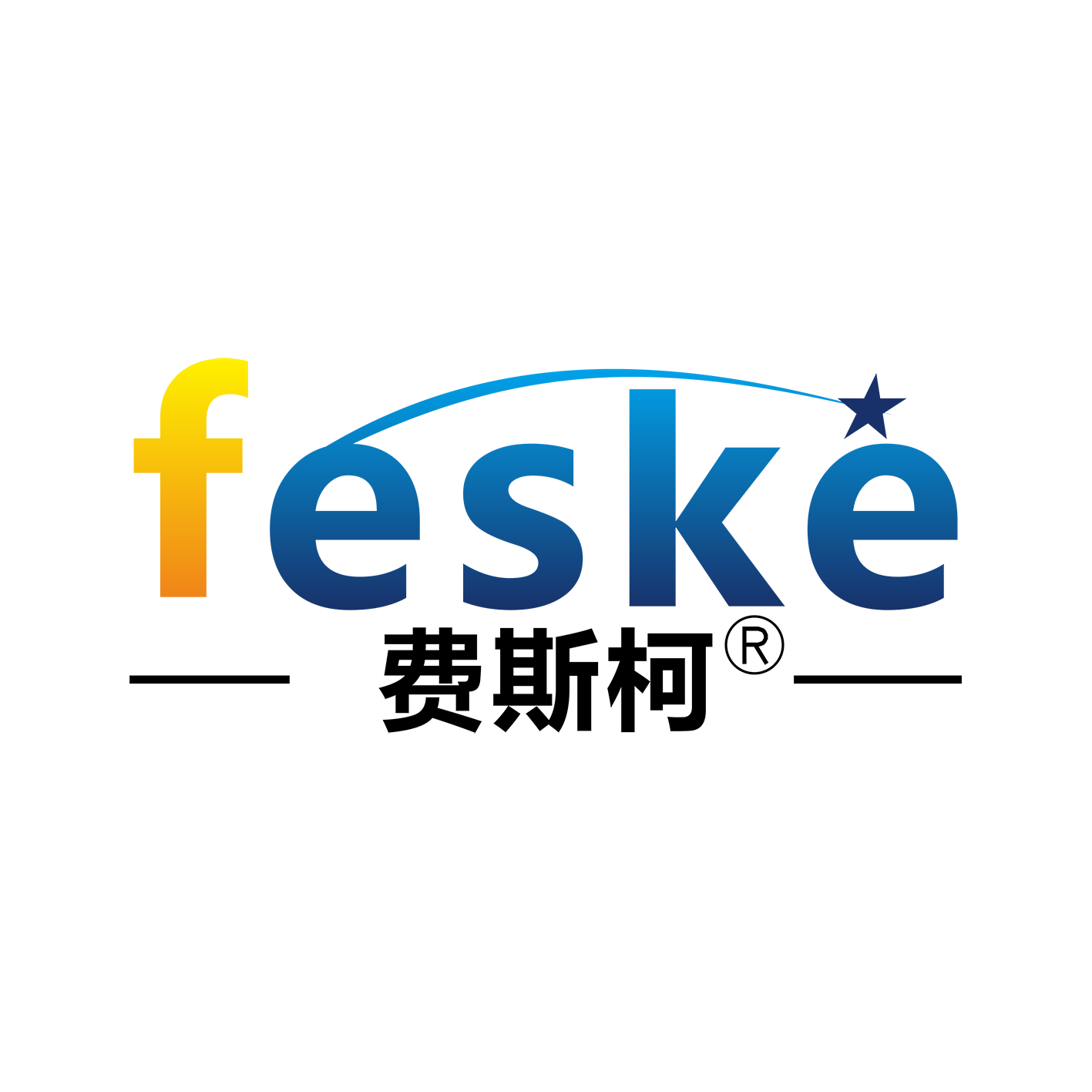Technical Advantages of Electric Cylinders in the New Energy Industry
The application of electric cylinders in the new energy sector relies primarily on their two core advan
tages: high-precision control and environmental adaptability.
Micron-level positioning: Utilizing closed-loop control with a servo motor and encoder, it achieves
±0.01mm repeatability, meeting the requirements of processes such as lithium-ion battery electrode
coating and lamination.
Clean and pollution-free: The fully enclosed structure complies with ISO 9001. Class 5 cleanroom stand
ards eliminate oil and compressed air contamination from hydraulic/pneumatic systems.
Stable operation in extreme environments: High-temperature resistance (-20°C to 120°C) and a design
suitable for desert and plateau operation in photovoltaic equipment.
Energy optimization: Direct electric drive achieves 80% efficiency, saving over 50% compared to pneu
matic systems.
Typical application scenarios:
Lithium battery manufacturing
Coating die adjustment: Micro servo cylinders synchronize 120 slides, maintaining coating thickness to
lerance within ±1μm and significantly improving A-grade product yield.
Lamination process: Dynamic force control (10N ± 0.5N) ensures precise electrode alignment, increasing
yield by 12%.
Module assembly: Powerful clamping cylinders achieve ±0.01mm positioning and support multi-speed
flexible clamping.
Photovoltaic equipment
Wafer dicing Cutting: 20+ axes with μs-level synchronous control to meet high-speed production line
cycles.
Stringer: IP66 protection ensures 20,000 hours of continuous, trouble-free operation.
Silicon wafer sorting: S-curve acceleration and deceleration programming to prevent damage from deb
ris.
Other fields: Hydrogen fuel cell bipolar plate press assembly: 0.005mm dispensing accuracy.
Energy storage system testing: Supports real-time EtherCAT bus data feedback.
Value of industrial upgrading: Cost reduction and efficiency improvement: One 3C company reported a
58% reduction in annual maintenance costs and a 70% reduction in changeover time.
Intelligent integration: Built-in sensors support predictive maintenance, reducing commissioning cycles
from 3 days to 8 hours.
Domestic substitution: Procurement costs for micro electric slides are 30%-50% lower than imported pro
ducts, with lead times shortened to 7-15 days.


